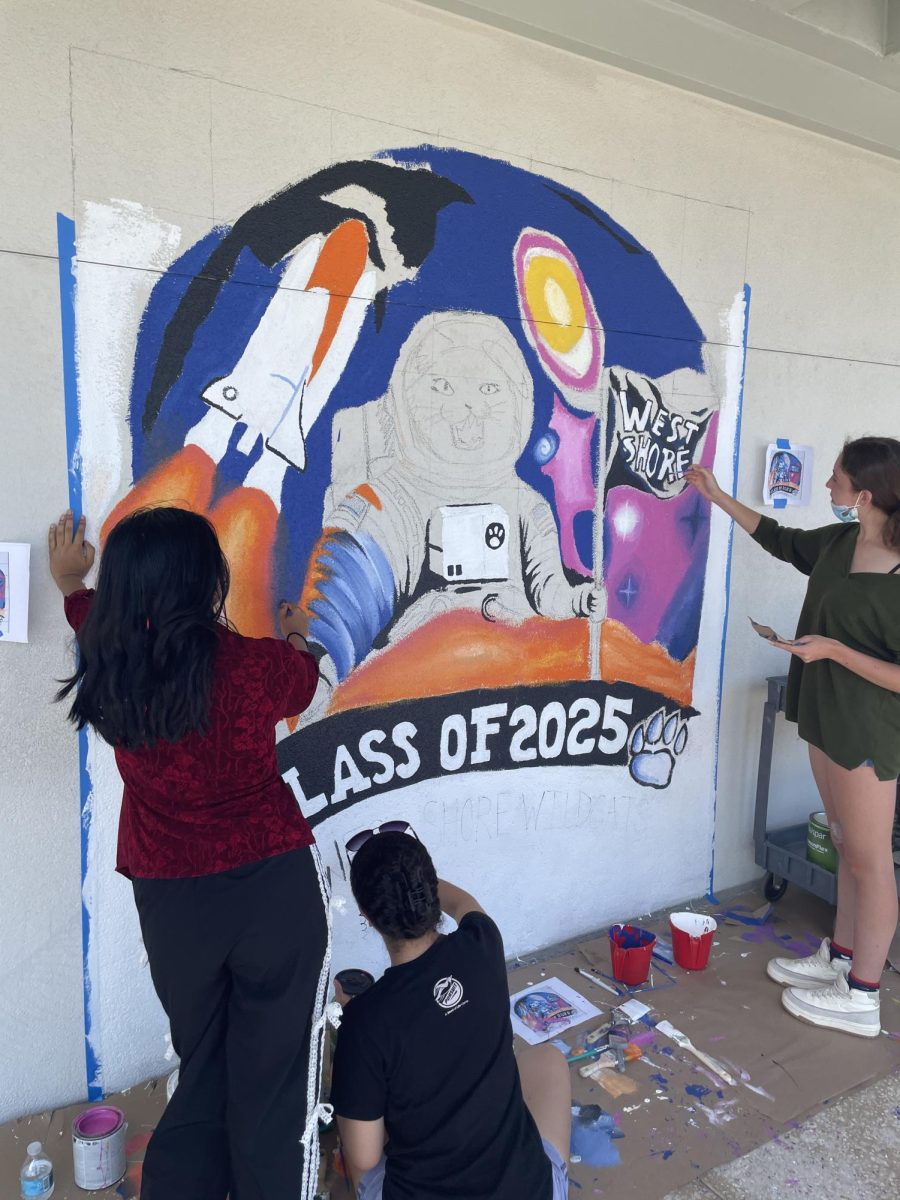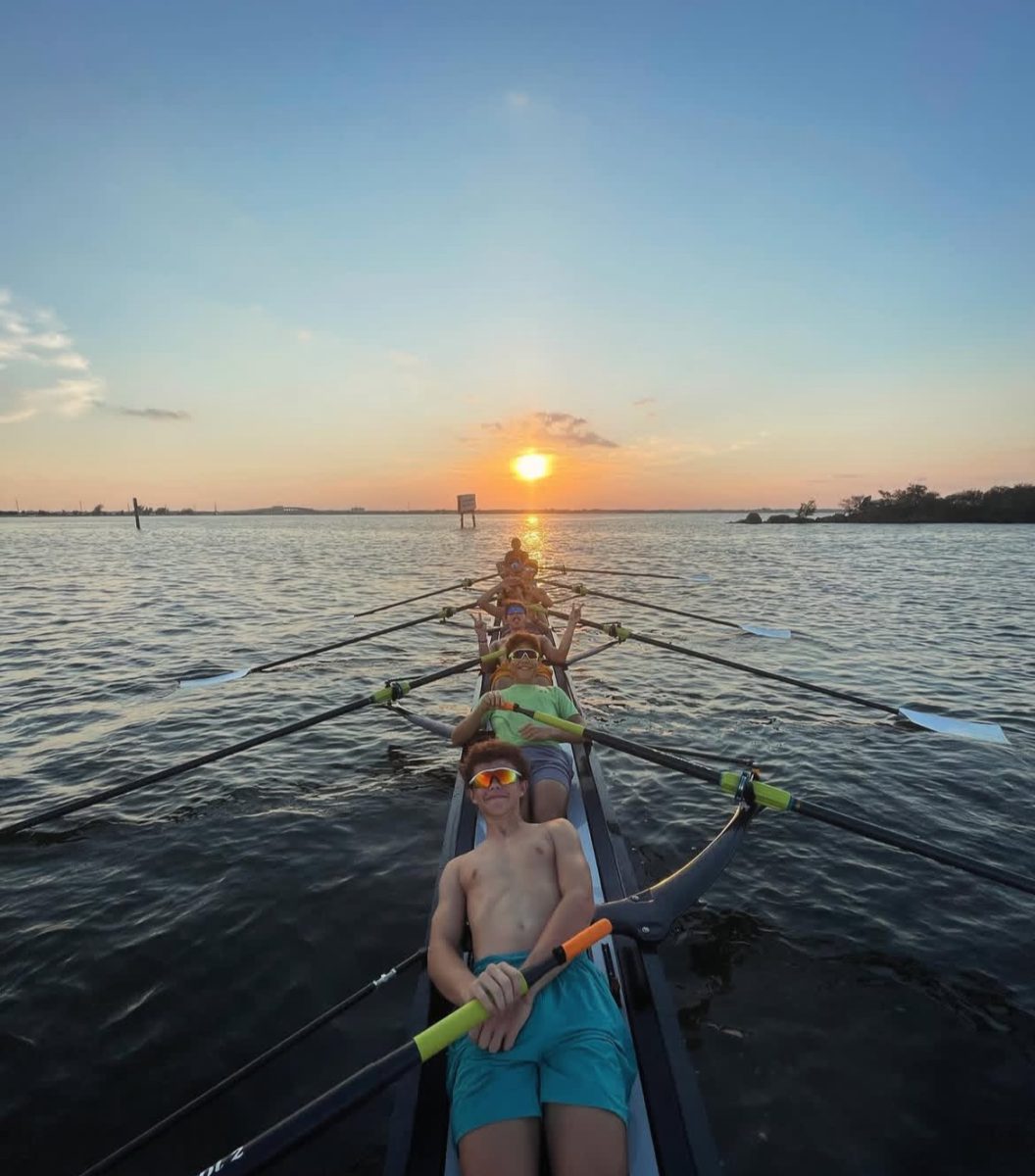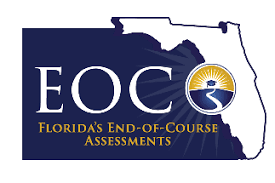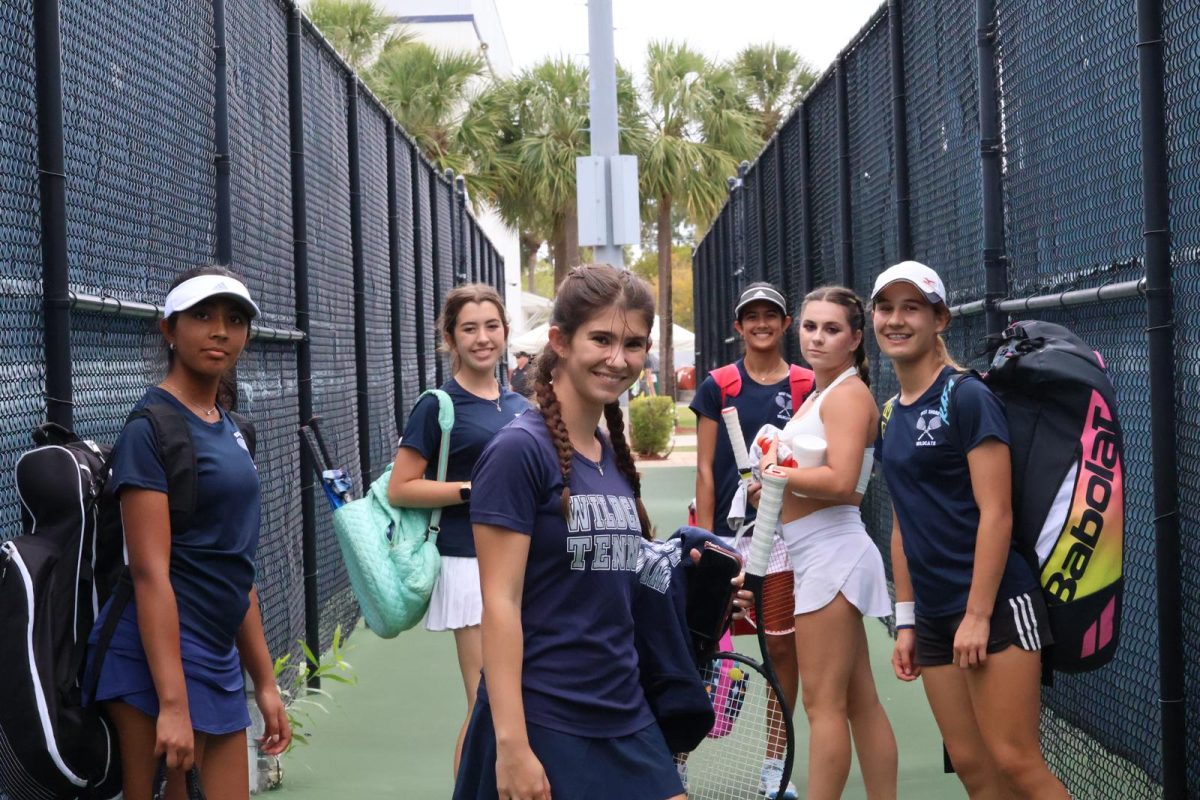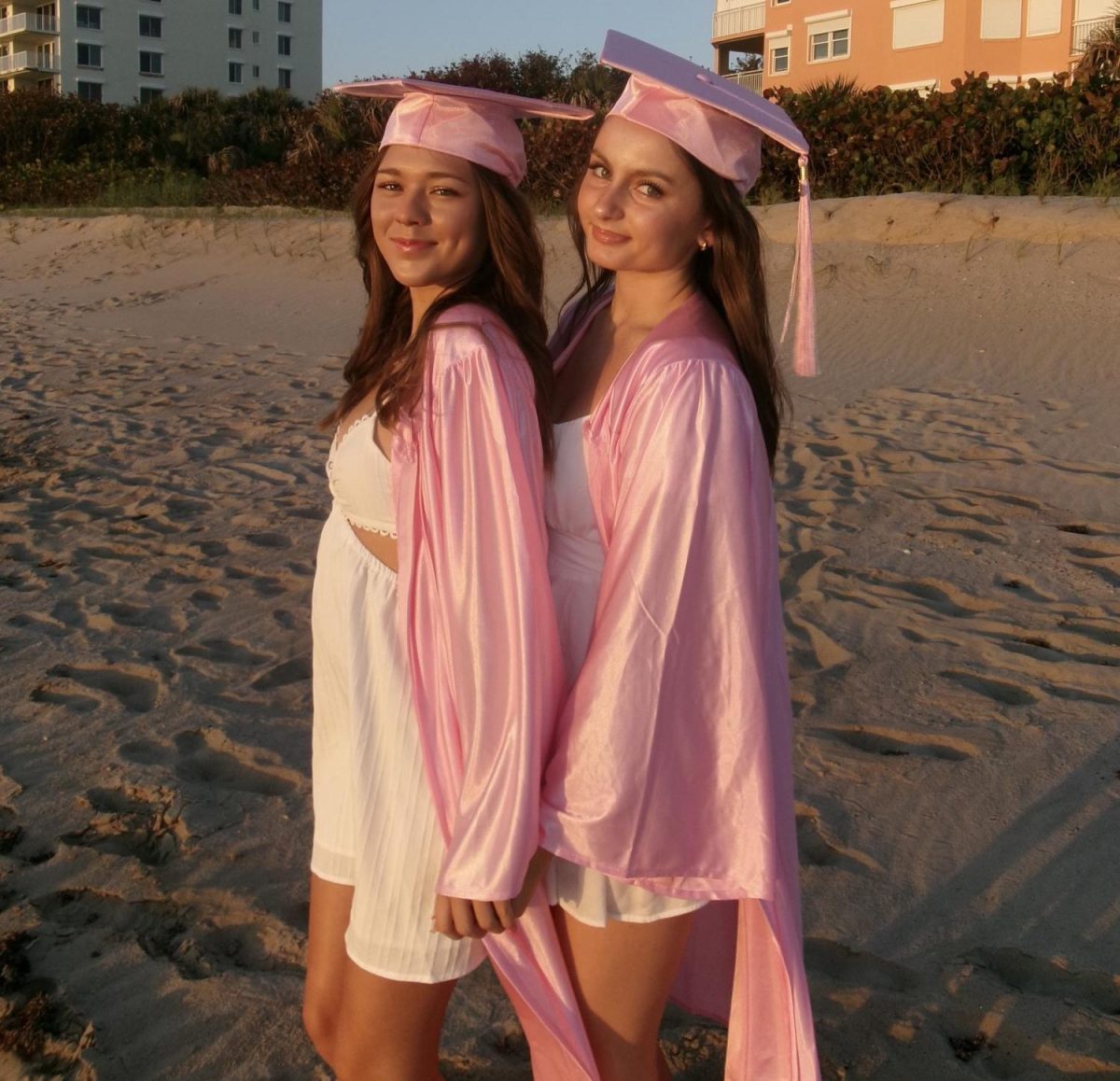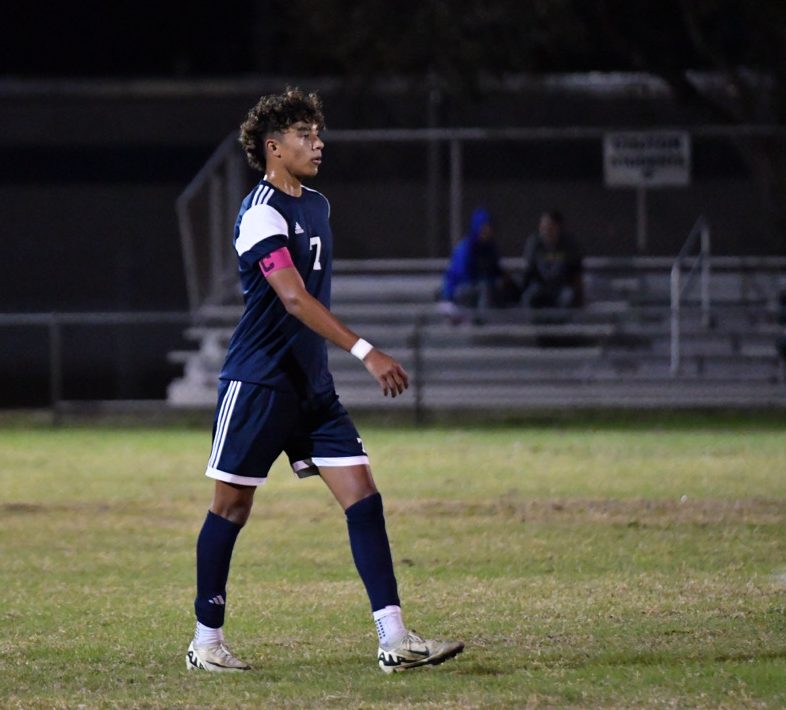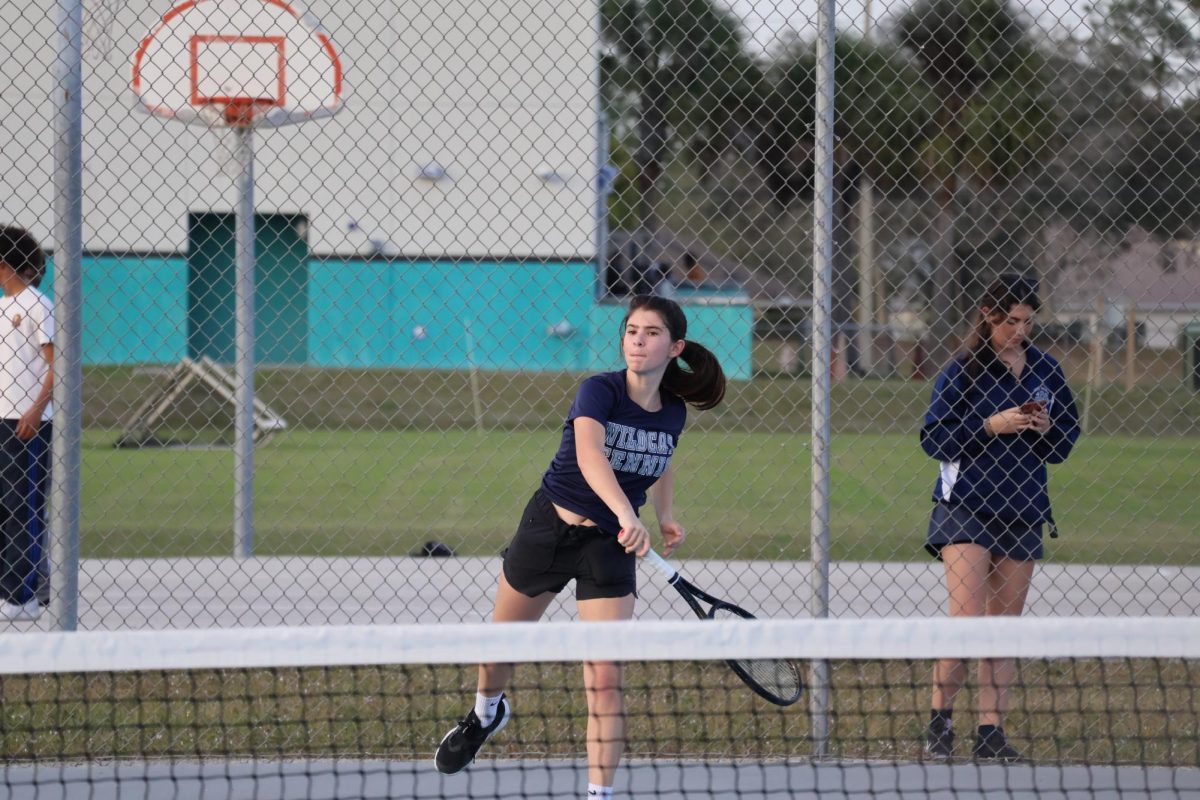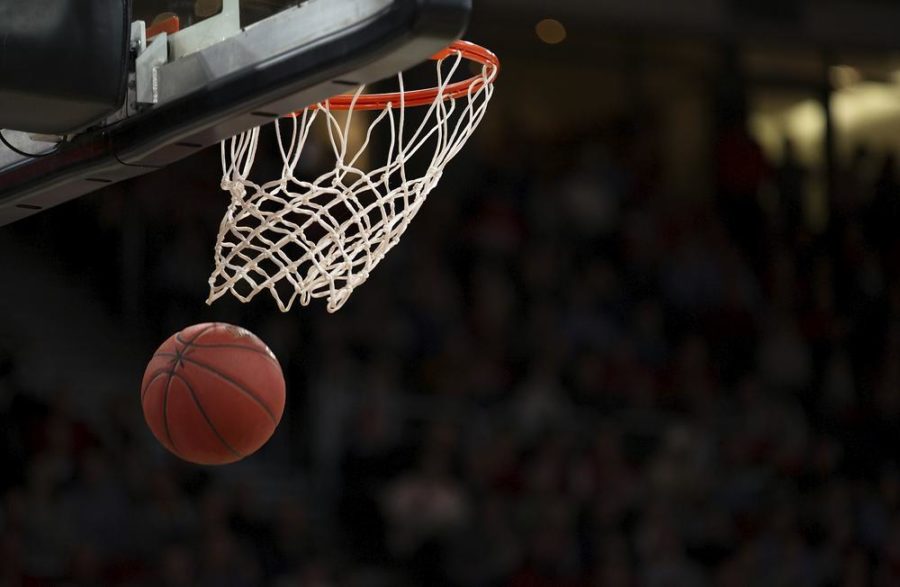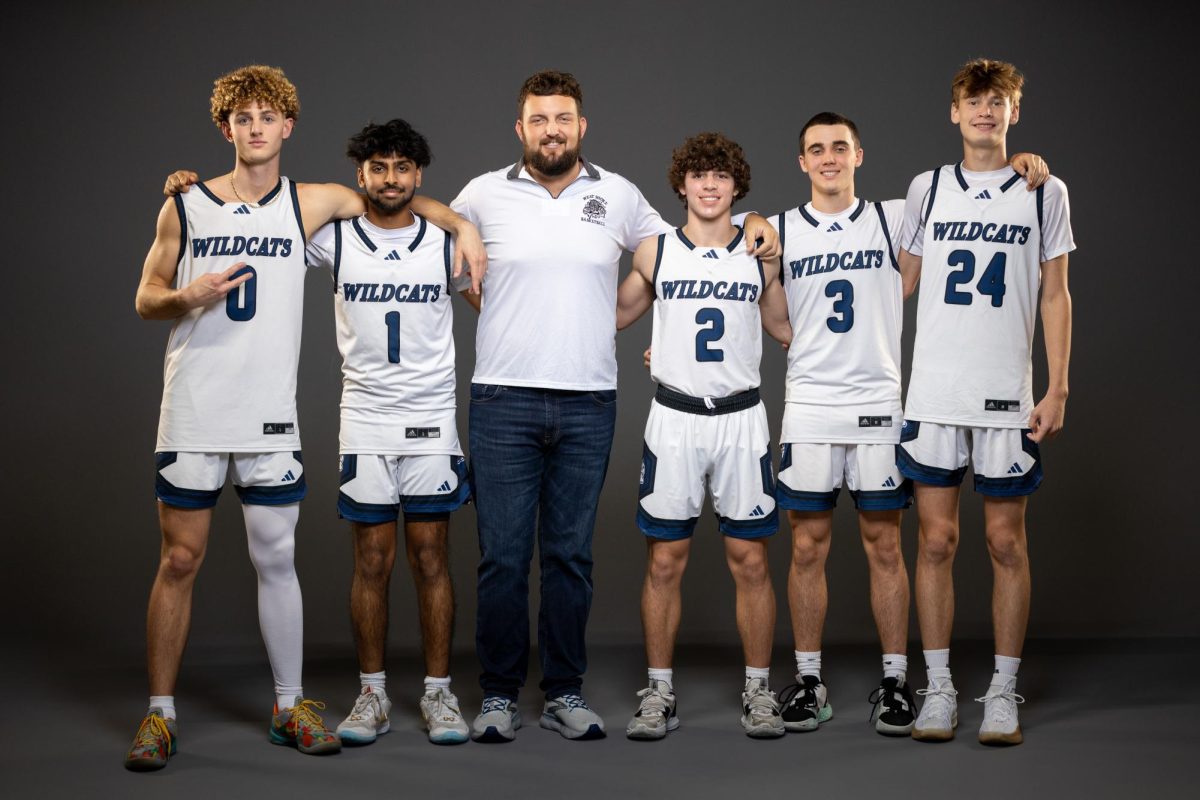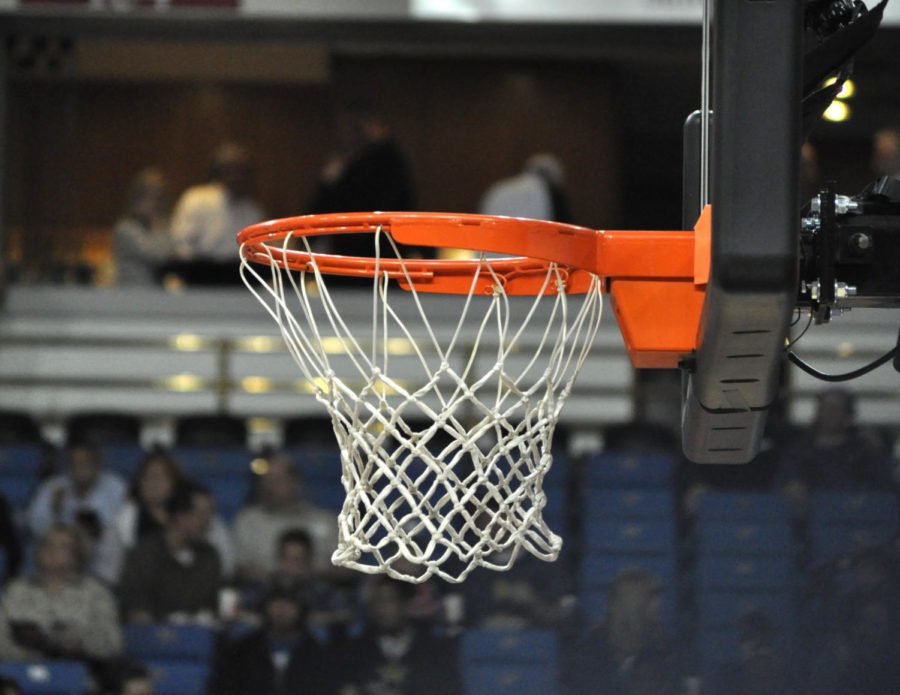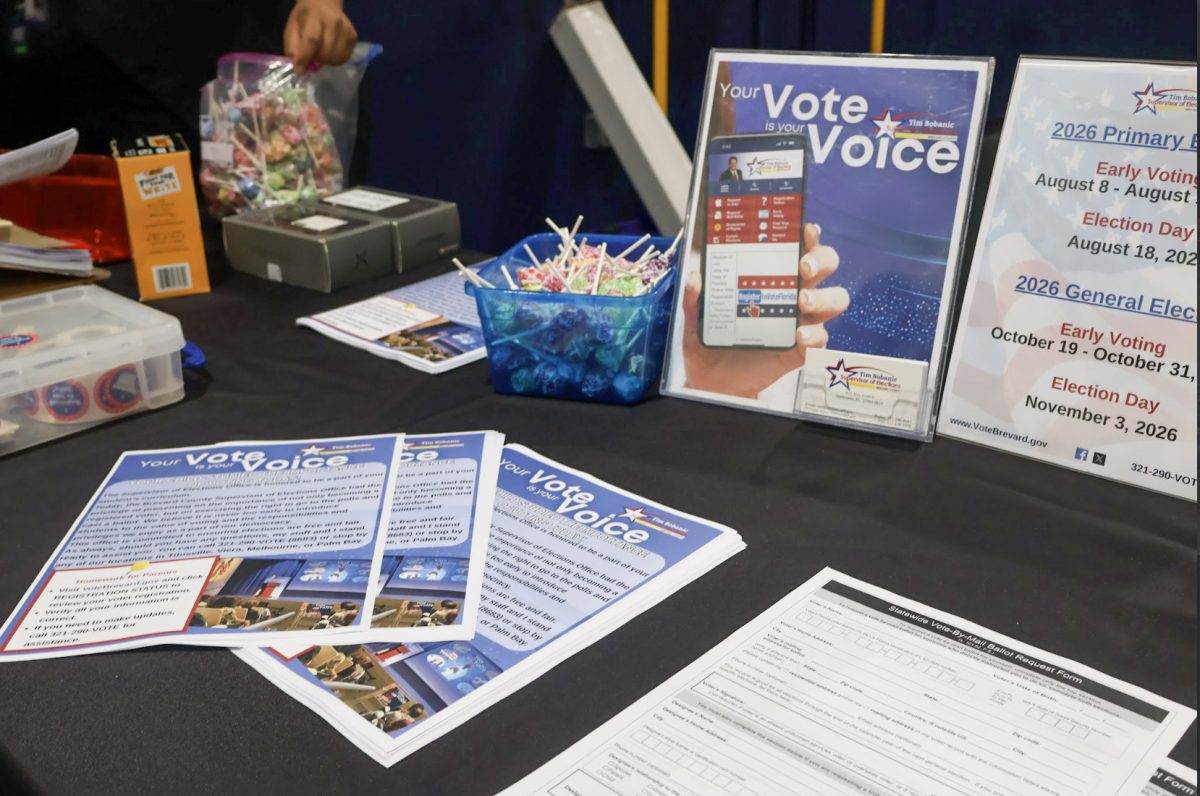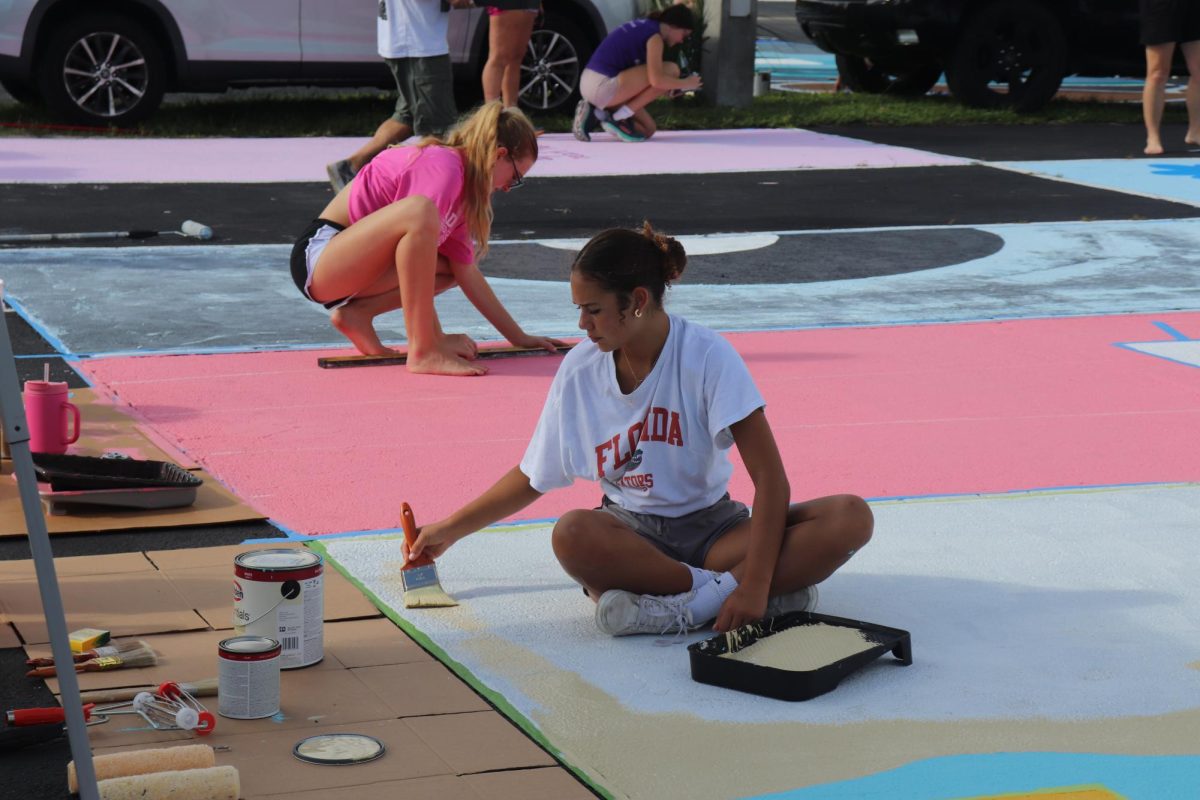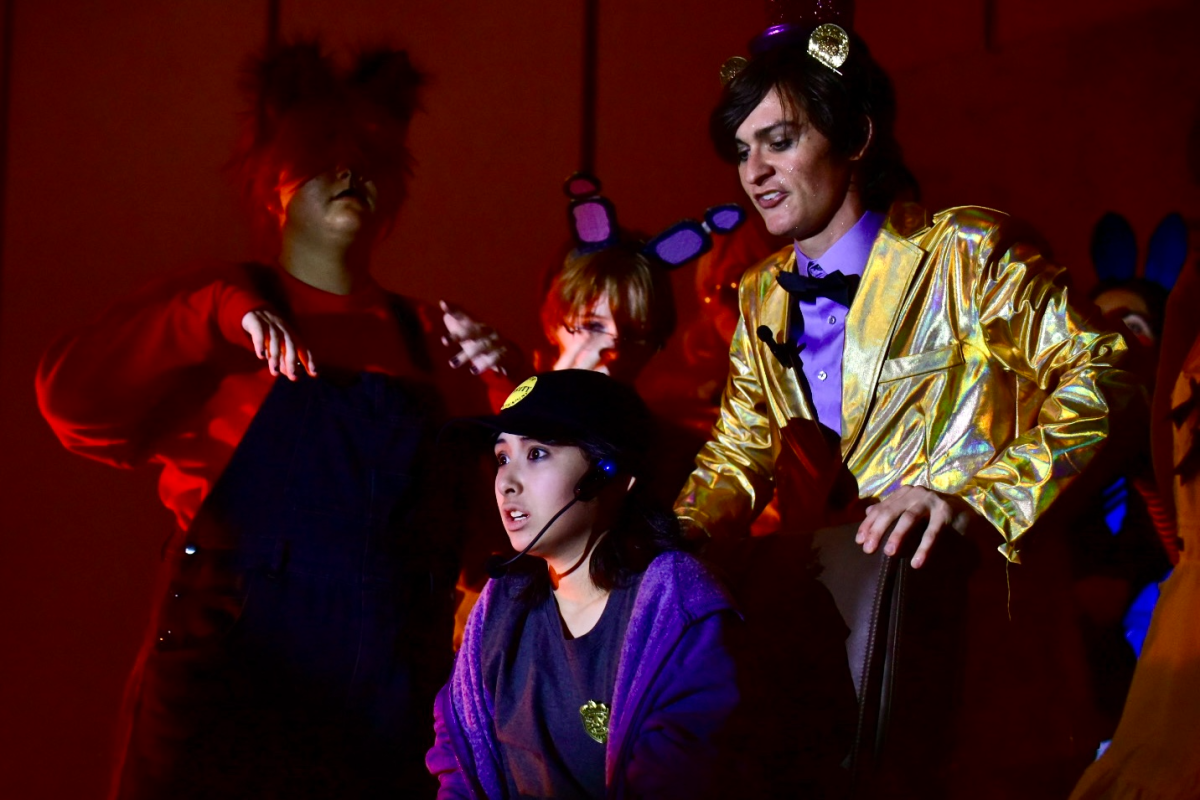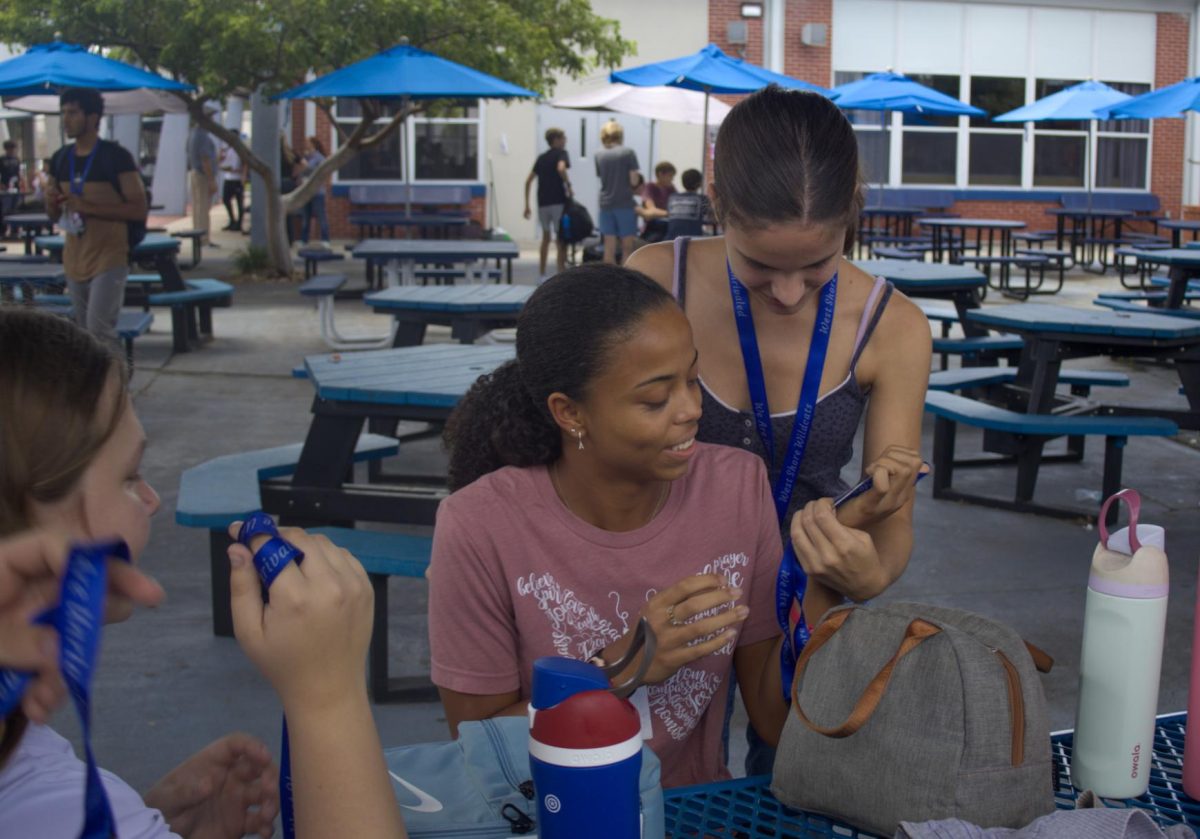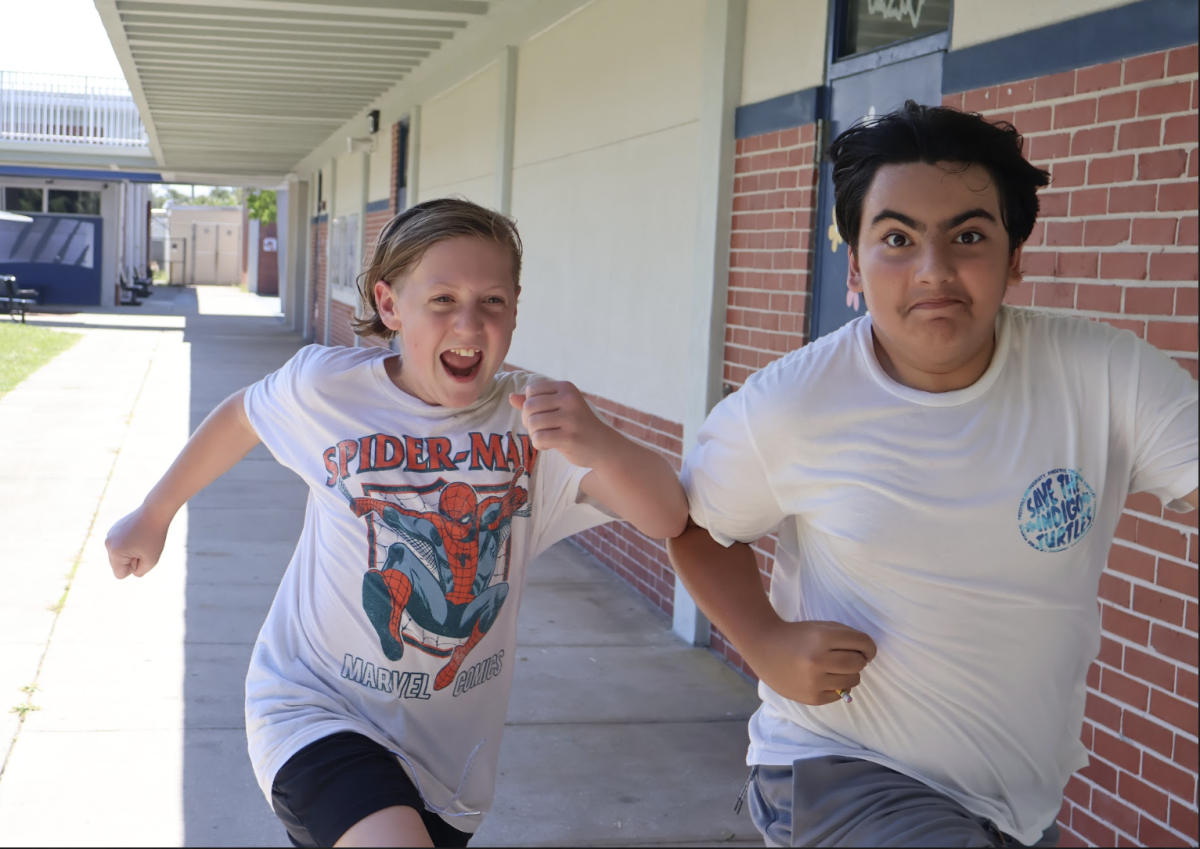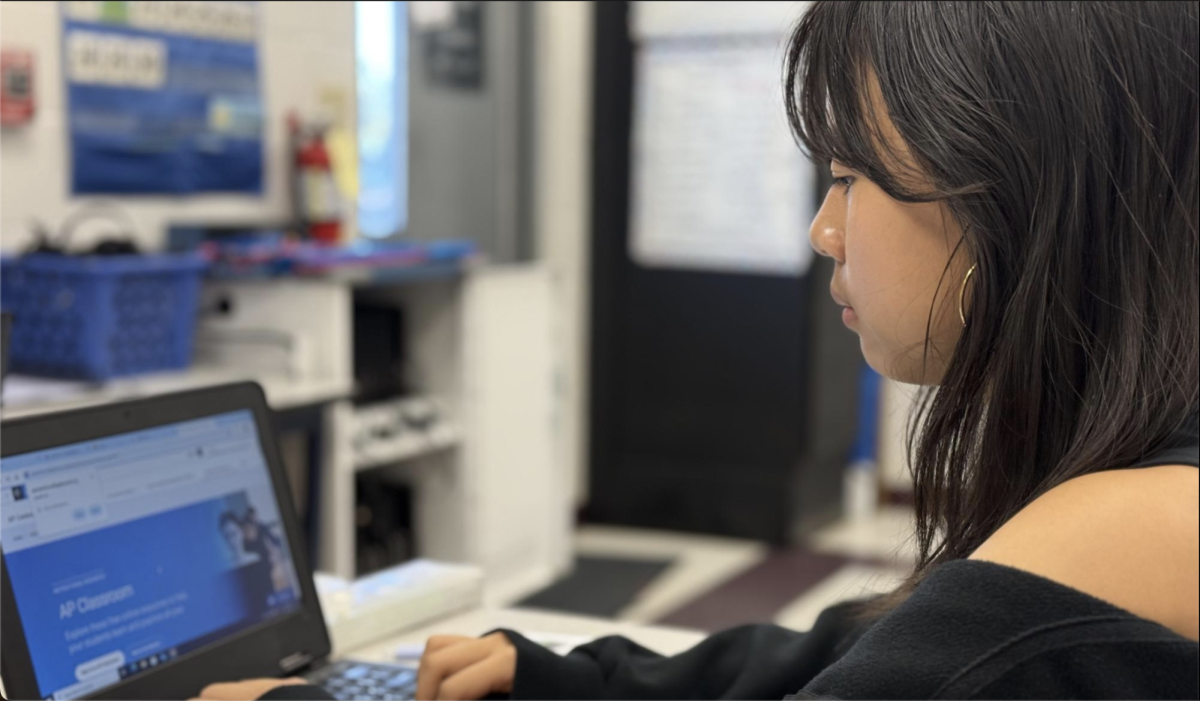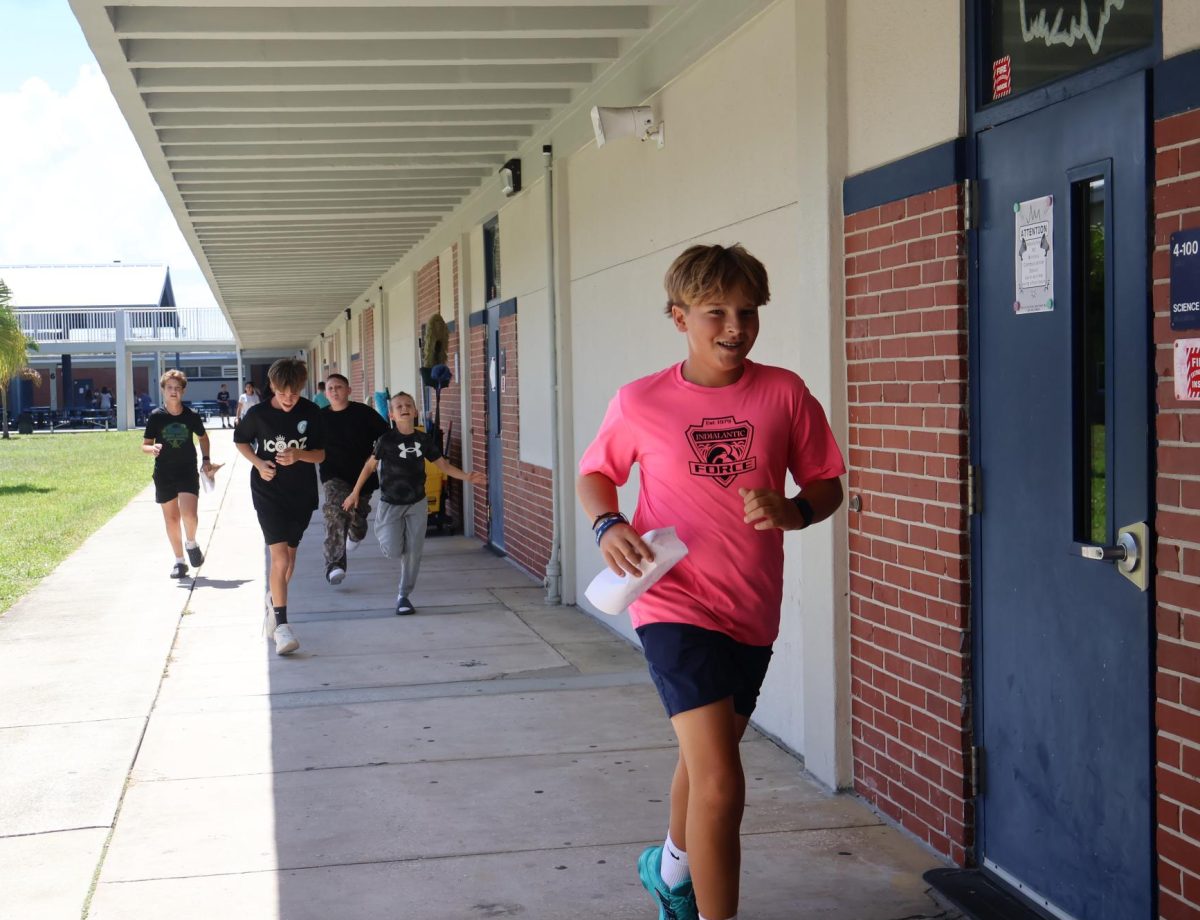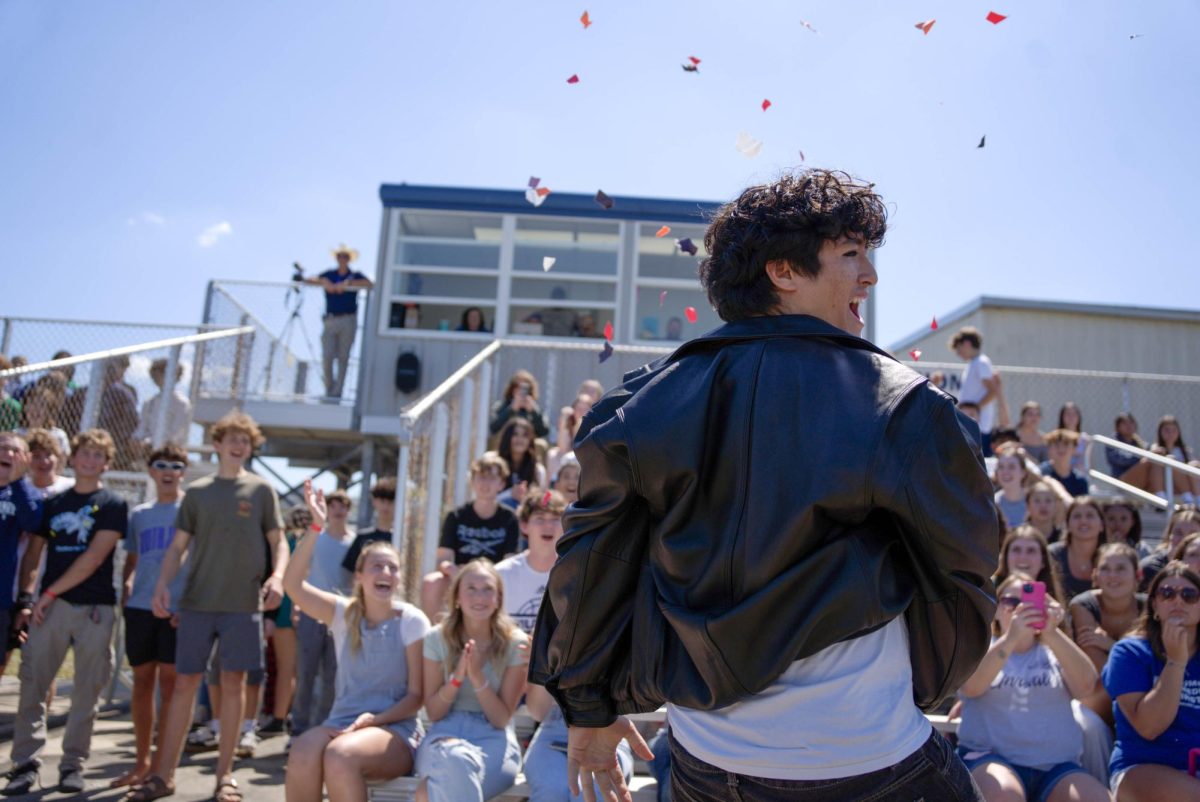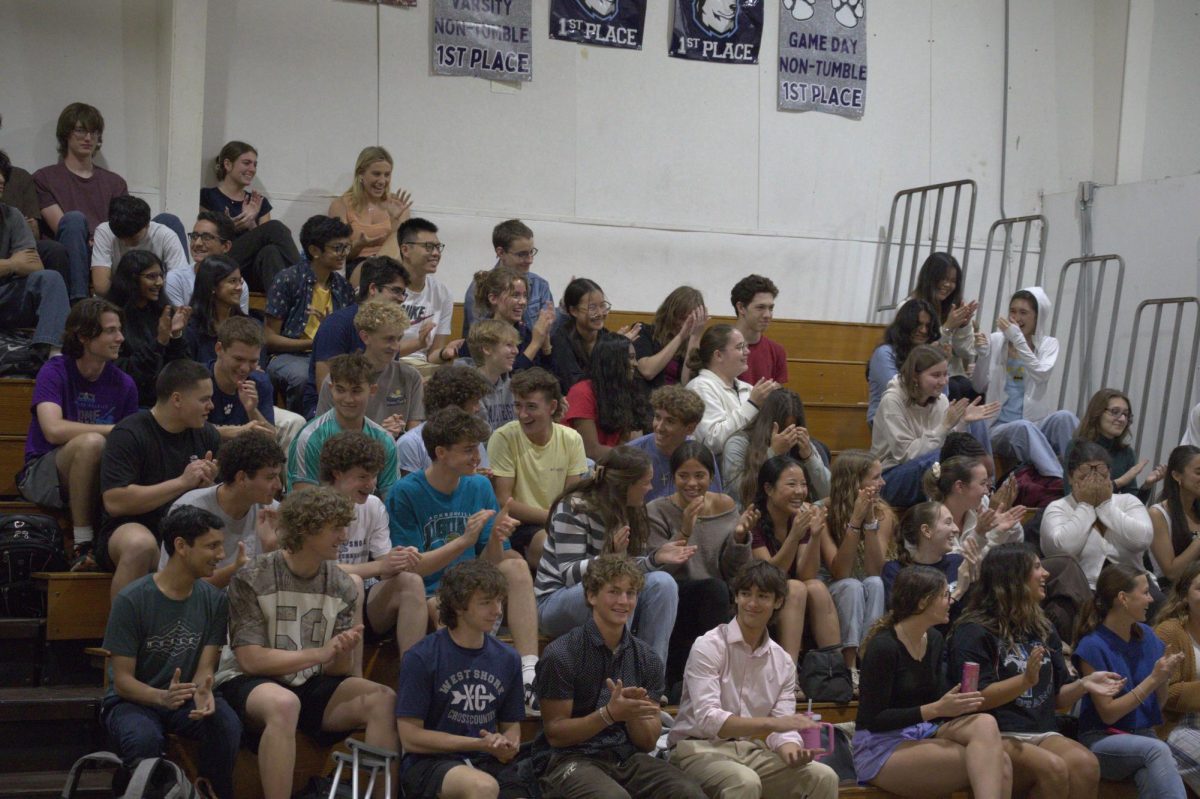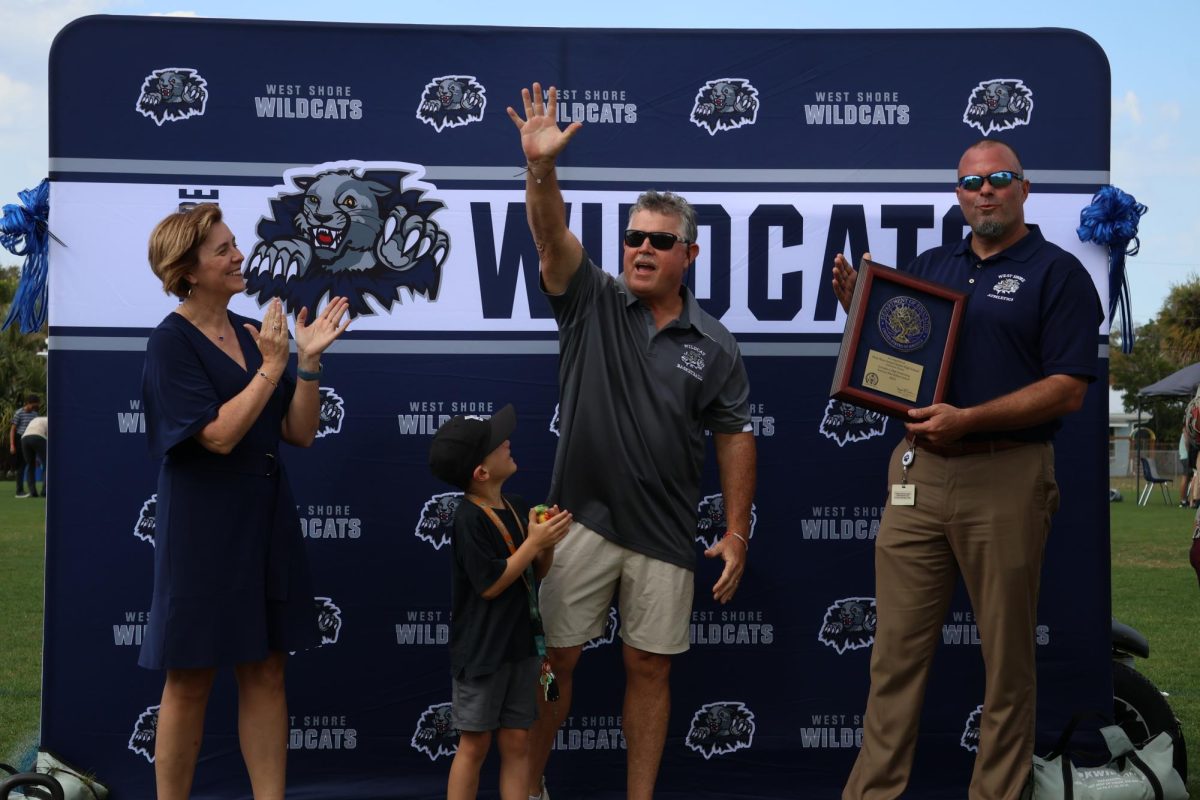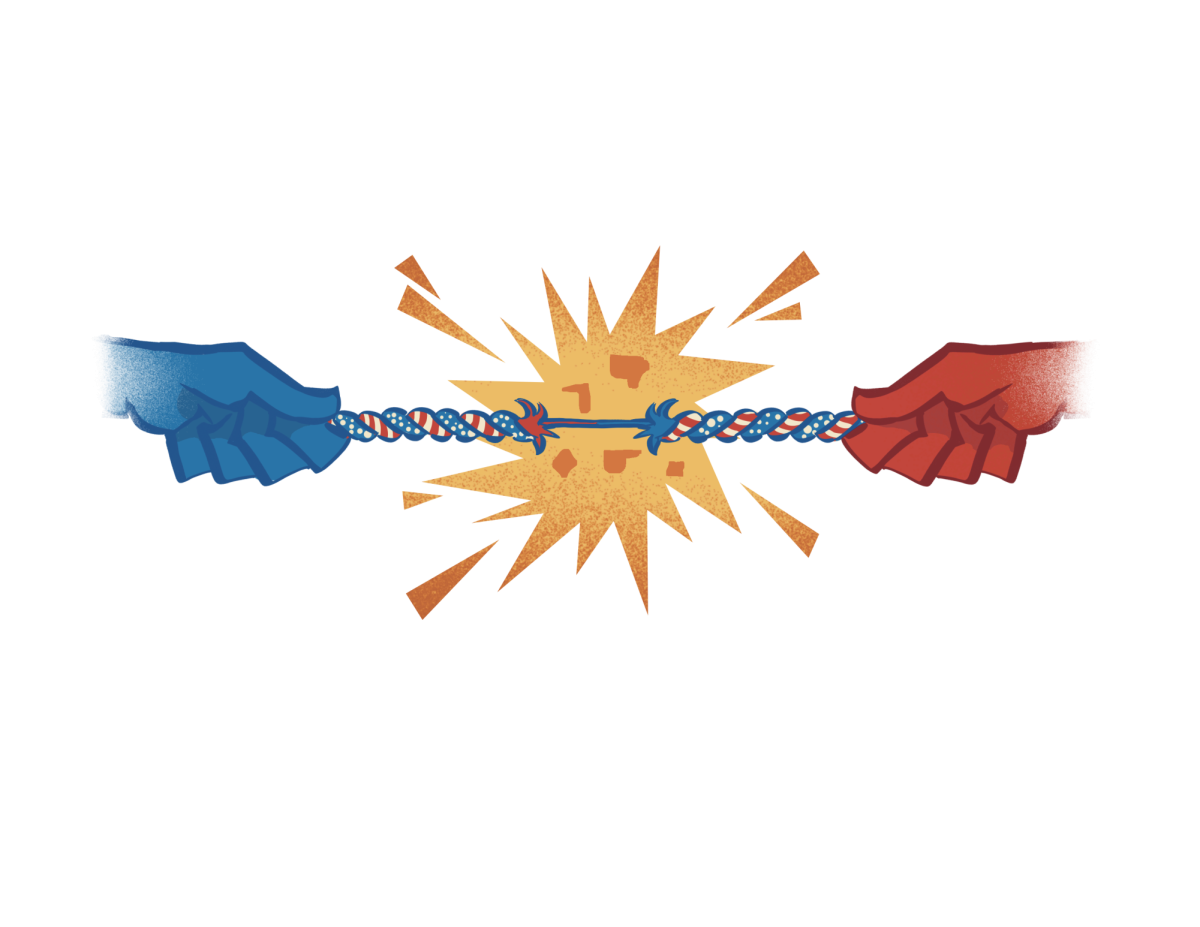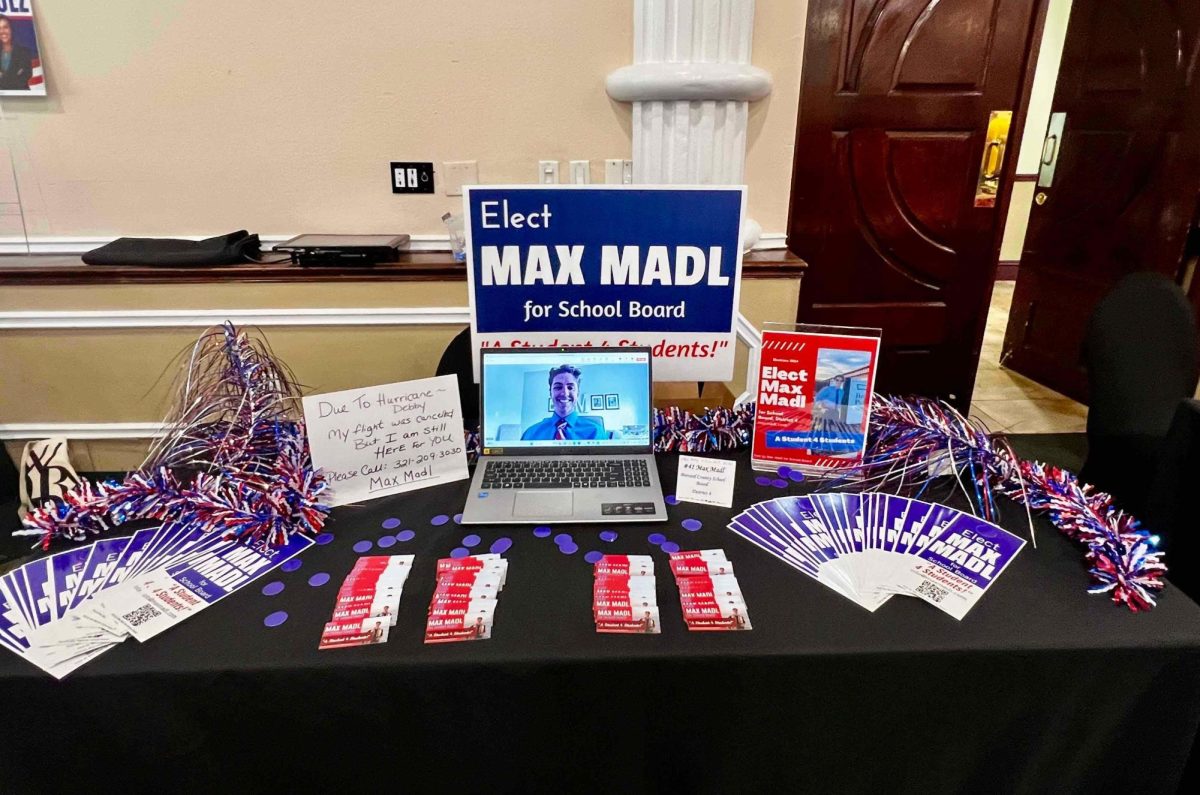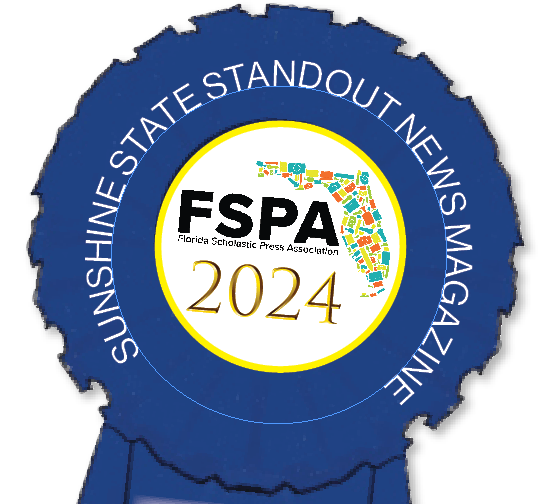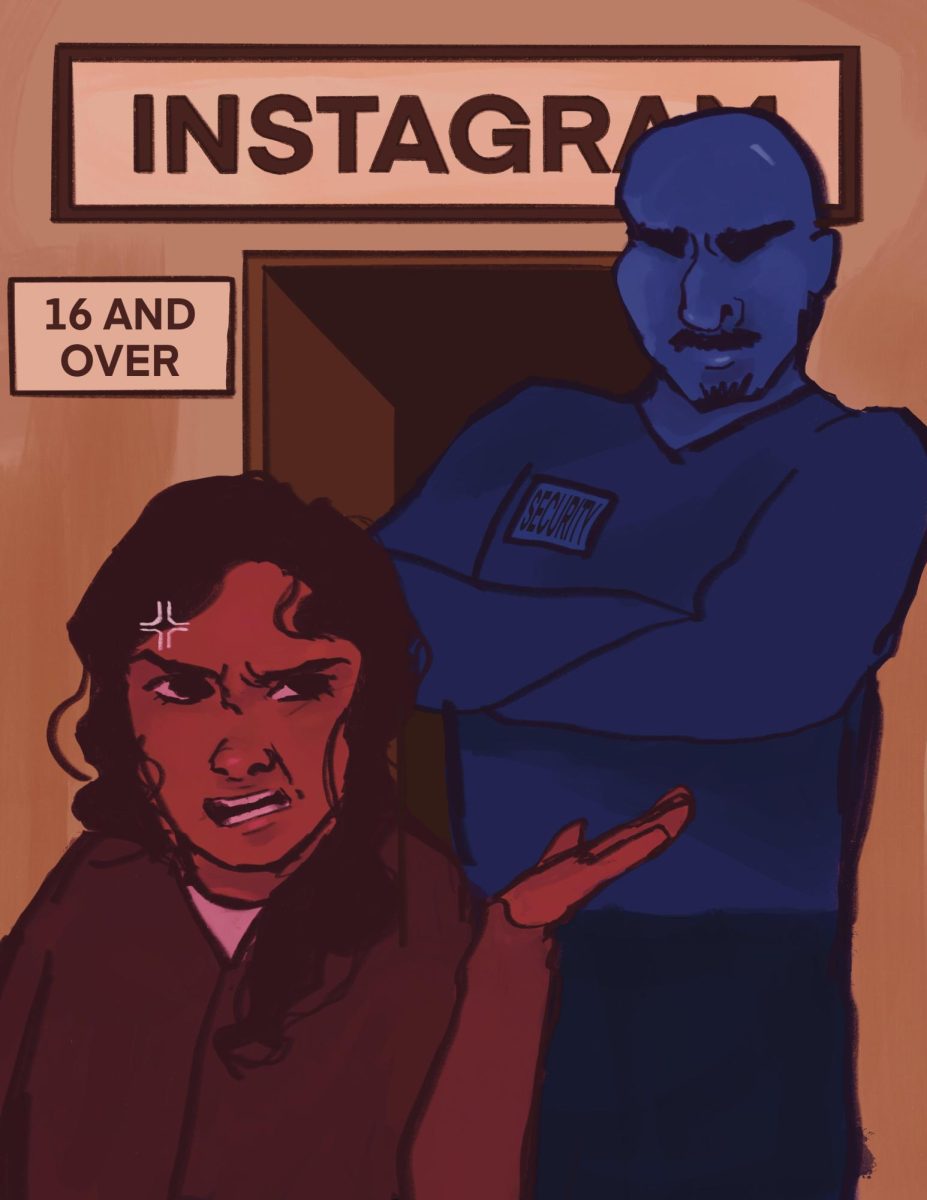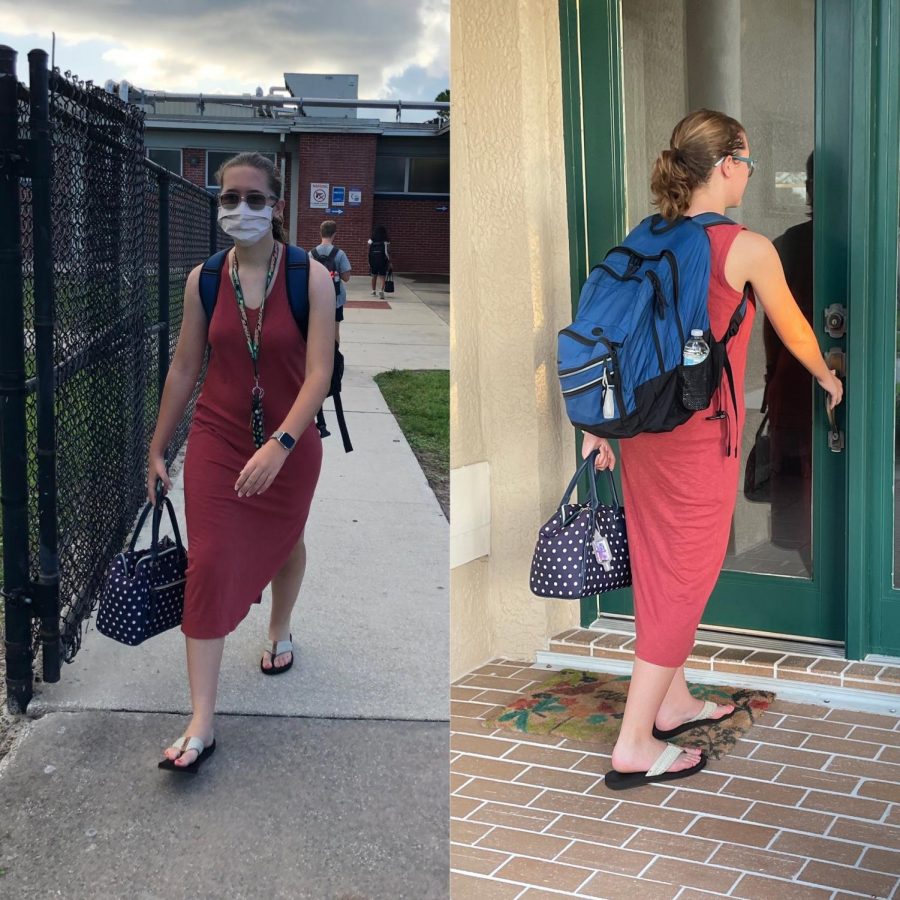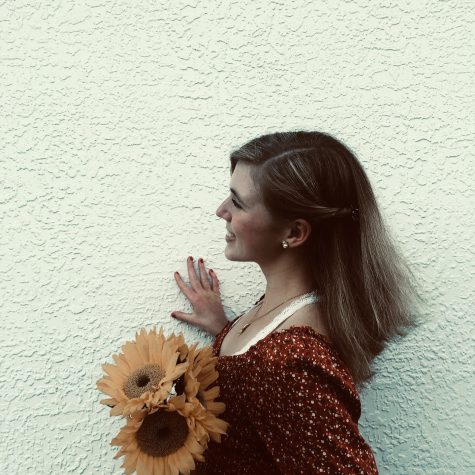Quarantine looks a bit different this year
Senior McKenna Caban returned home from school on Friday the 13th after being told she was exposed to a positive COVID-19 case.
August 23, 2021
Senior McKenna Caban was finishing her third-period AP Capstone class on Aug. 13 when the classroom phone rang and she was told to pack up her things and leave. She was being quarantined due to contact with a positive COVID-19 case.
“I was surprised because it was the first week of school but also a bit frustrated because I had to miss classes that day,” Caban said. “I had to email a picture of my vaccine card to [Assistant Principal Catherine] Halbuer so the [Department of Health] could verify my vaccination status.”
Caban was quarantined last spring, but at that point she was not yet vaccinated and had e-learning as a means to stay up to date with school work. But on Friday, after getting her vaccination verified by the school, she was permitted to return to campus on Aug. 16. Under this year’s pandemic procedures, students who can provide proof of vaccination, or prove they had COVID-19 within 90 days and are now symptom-free, do not have to be quarantined.
“In a perfect world, what would be nice is if the DOH could provide us a list of students in our school who meet those two criteria,” Principal Rick Fleming said. “That would be much quicker. Technically speaking, we are not allowed because of HIPPA laws, to divulge information about students. But we are internally making a notation of those students who are vaccinated or have had COVID in the last 90 days, so we can make the process much quicker.”
Senior Lauren Vasquez-Kraft was quarantined during her fourth period humanities class on Aug. 13. While she is vaccinated, Vasquez-Kraft stayed home for a full seven days.
“I had my vaccine card and I sent [a photo to the school],” Vasquez-Kraft said. “And Mrs. Halbuer couldn’t read my card. I went and had it rewritten, but forgot to send the email.”
Vasquez-Kraft was quarantined twice last school year, with one day spent at school in between her quarantines. While this year she said her quarantine was less stressful, she would make some changes to the procedures.
“If you have a sibling quarantined, then the other sibling should also be quarantined since they’re exposed at home,” Vasquez-Kraft said.
Additionally, the time frame for quarantine has lowered from 14 days to seven, with students allowed to return to school eight days after being sent home. Contact-tracing procedures have remained the same from last school year: Anyone who has come within six feet to a positive COVID-19 case, for at least fifteen minutes within 48 hours, is told to quarantine. However, the absence of e-learning this school year has proven challenging for the 68 students quarantined as of Aug. 18.
“We are encouraging teachers to use Power Hour and their planning periods to reach out to the students who are quarantined,” Fleming said. “However, we can’t force that upon our teachers. Part of the negotiation and agreement is that we wouldn’t do any e-learning. If a teacher can do it, I will leave that up to their expertise.”
Throughout the course of his educational career, Fleming said he experienced a two-week postponement of school when he worked in Miami during Hurricane Andrew, and experienced mass panic following 9/11, when we “had hundreds of parents checking their kids out” for weeks on end. Now, he said the COVID-19 pandemic is creating disconnect within schools.
“But what I have learned through those experiences, is that our students and our parents and our community are very resilient, Fleming said. “I think a silver lining of this is [that] we will have learned a lot about ourselves.”

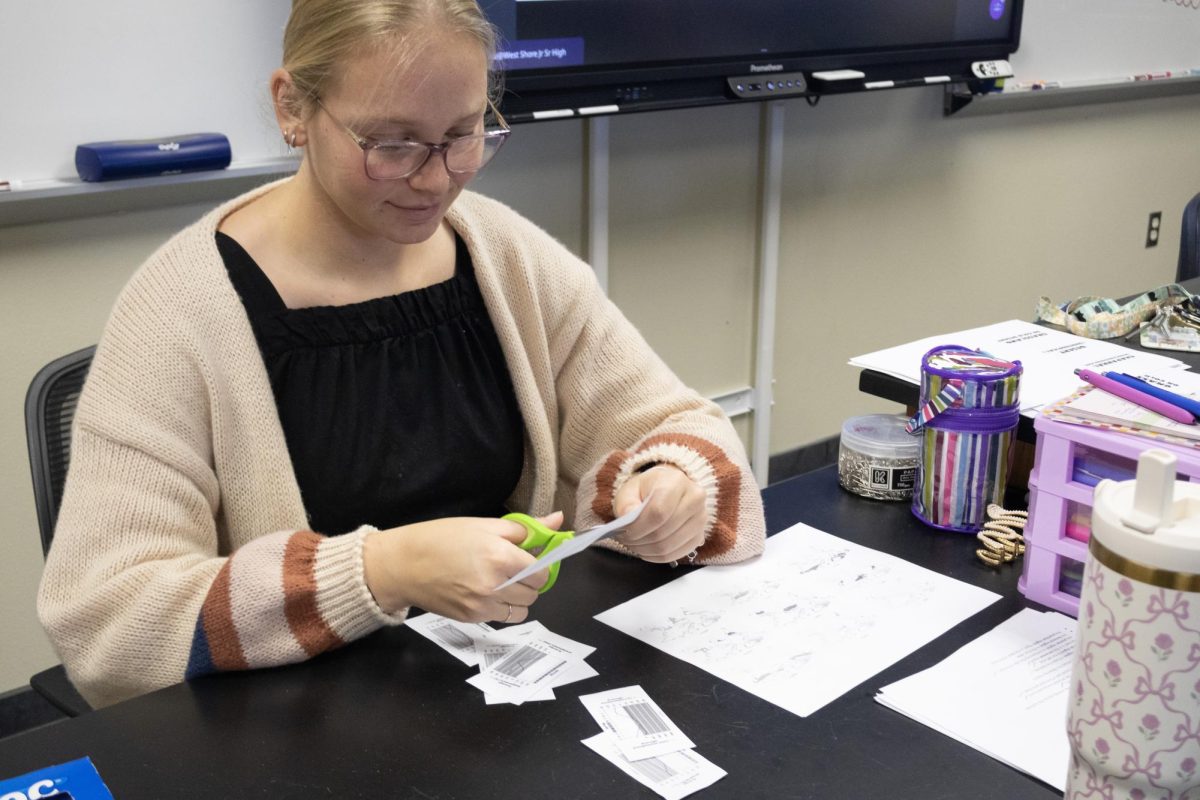
![Sophomore Isabelle Gaudry walks through the metal detector, monitored by School Resource Officer Valerie Butler, on Aug. 13. “I think [the students have] been adjusting really well," Butler said. "We've had no issues, no snafus. Everything's been running smoothly, and we've been getting kids to class on time.”](https://westshoreroar.com/wp-content/uploads/2025/08/IMG_9979-1200x800.jpg)
